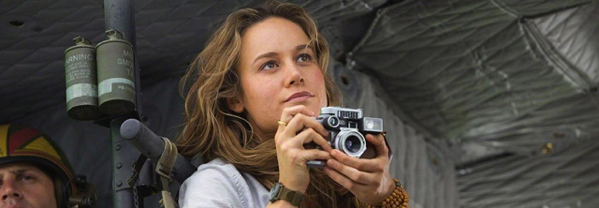Move over Dan Brown, there’s a new worst thriller writer in my landscape.
Shane Kuhn’s The Asset is a book I hate-read, something I haven’t done in years. I was startled to realise that it wasn’t a first novel, because so much of what it made it terrible was classic first novel stuff. Marty Stu protagonist? My word yes. Love interest actually called Love? Why not? Explanations of character background which read like research material left in by mistake? Whole front half of the book. Cliffhangers resolved by idiotic fake-outs? Present and wrong. “Gritty" descriptions of things which are so wrong that they make everything else wrong by association? Oh yeah.
Why did I even try to finish it? Largely because I’d read an enthusiastic review and I wanted to believe that there was something later in the book which would justify it. No, there isn’t. The Asset starts terrible and stays terrible all the way to the bitter end. There is nothing to redeem it. The plot’s dumb. The main character is fantastically annoying in more ways than I could have thought possible. Everyone else is hateful. The thrilling incidents cluttering up the action seem to have been pulled together by using Cards Against Humanity to reconstruct drunken memories of terrible 1990s TV spy shows. Any technical thing I could check was wrong, which swept the ground away from the over-arching conceit that this was a chilling insight into the weaknesses of the TSA’s efforts to protect US aviation.
Above all, it’s a hate letter to the TSA. The nicest TSA employee in the book is depicted as a drunk whose murder will surprise nobody; everyone else is an incompetent swine. The one great exception is our hero, who is an unappreciated genius who nonetheless has managed to carve out a magnificent career as a consultant to the TSA, being paid a fortune to give them advice they either ignore or cover up. The whole opening of the book reads like the kind of pathetic roman a clef you’d get from a guy stuck in a dead end job, a long rant in which he settles all the scores he’s got with his co-workers while imagining a world in which he gets the luxury life he dreams he deserves. Which is weird, because Shane Kuhn doesn’t seem to be a frustrated cube rat who’s somehow locked a literary agent’s kids in a basement full of acid; he’s a writer and director with a butt-load of credits, and the idea that an experienced writer is somehow spamming this stuff out is so bizarre I almost think it’s intended as a joke. Either that or he’s got a friend in the TSA and lent him his name for a week. I dunno.
Anyhow, it’s rotten. It’s the first book I’ve actually deleted from my Kindle rather than just marking it as read and leaving it lying around. For all I know, Kuhn’s other books are better - it’s hard to imagine how they could be worse - but why take the chance?

